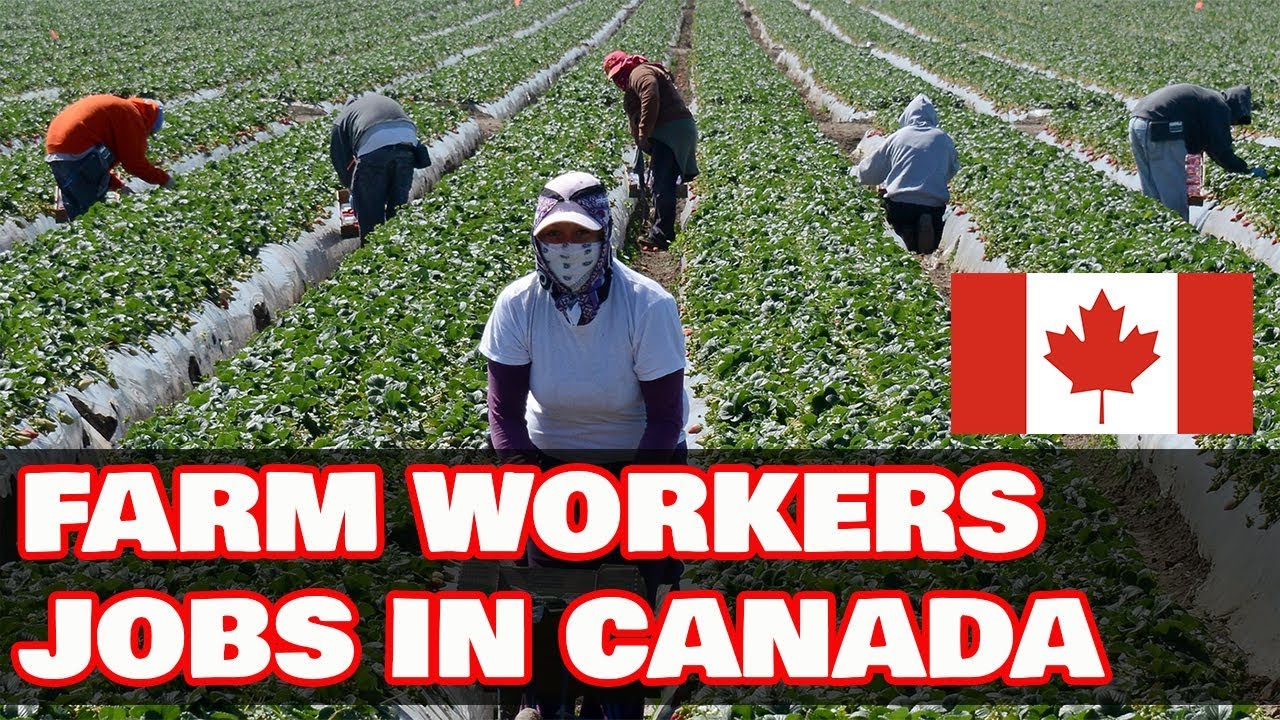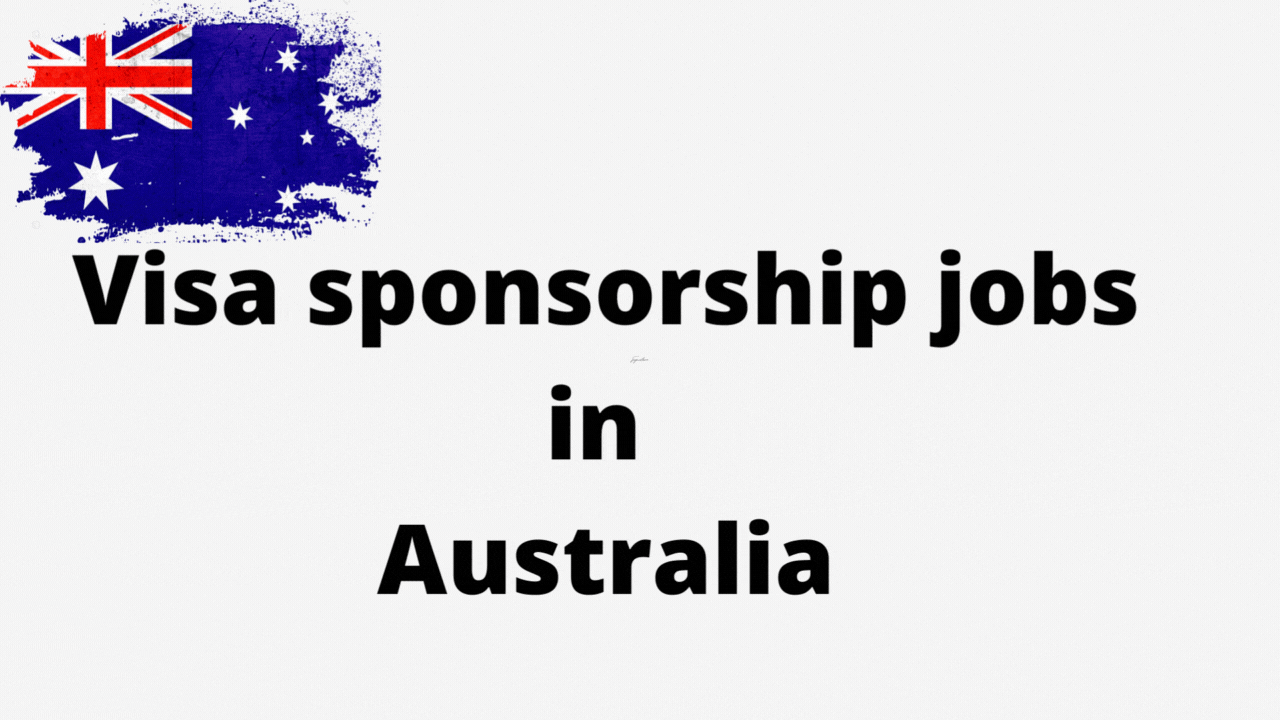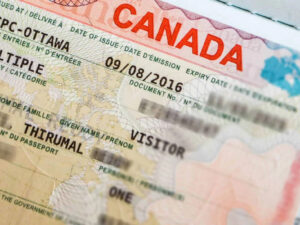Introduction
If you (or someone you employ) hold—or plan to apply for—a UK Skilled Worker visa, the 2025 changes to dependant rules can be life changing. The Home Office updated its caseworker guidance and introduced a new Temporary Shortage List (TSL) and related rule changes on 22 July 2025. Those changes tighten which sponsored workers can bring family members, alter some administration (BRPs/digital status), and update fees and the Immigration Health Surcharge (IHS). If you’re planning to move or to sponsor staff, you must know whether you (and your role) are protected by the older rules or affected by the new cut-offs.
This article explains the changes in practical terms, gives real examples, offers expert advice you can act on immediately, and includes three tables for quick reference. It is grounded in up-to-date fee/IHS documents (July 2025), and it offers realistic workarounds where possible.
The headline changes
The Home Office published updated dependant guidance for work routes on 22 July 2025, clarifying who may join or remain as a dependant of someone with leave under a work route. The guidance also reflects the fact that Biometric Residence Permits are no longer issued in the same way.
A Temporary Shortage List (TSL) was published on the same date; many medium-skilled roles on this list face new restrictions on the ability of their sponsored workers to bring dependants—particularly if the worker’s permission begins after the relevant cut-off date.
Immigration fees and IHS policy were updated (effective 1 July 2025 and related June/July 2025 documents) — applicants and dependants must factor in these changes.
Who is a dependant under the rules?
Under the Skilled Worker route, dependants usually include:
-
spouse, civil partner, or an unmarried partner in a durable relationship, and
-
dependent children (biological, adopted or step-children) meeting the age/maintenance/relationship tests laid out in guidance.
The updated guidance (July 2025) also provides caseworker tests for complex family setups (e.g., long-term partners, children of different parents). If your family circumstances are non-standard, get specialist advice.
Table 1 — Quick eligibility map
| Sponsor situation | Can dependants join? | Key takeaway |
|---|---|---|
| Skilled Worker permission started before 22 July 2025 | Usually yes (subject to normal checks) | Many earlier grants are “grandfathered”; evidence of continuous permission matters. |
| Permission after 22 July 2025 in a TSL (medium-skill) role | Often no | The TSL restricts family entry for many medium-skill occupations. Check the occupation and cut-off date. |
| Degree-level (RQF6+) roles granted before/after cut-off | Generally yes | The new measures target medium-skill gaps; degree-level roles are less likely to be affected but check salary/other tests. |
| Health & Care visa categories | Varies — IHS exemptions may apply | Some health roles have separate exemptions/conditions. Confirm your exact role and fee status. |
Why the government changed the rules (brief policy context)
The 2025 changes are part of a broader immigration policy shift to manage net migration and to prioritise higher-skilled roles while preserving some lower-skill recruitment where there is clear domestic shortage.
The Temporary Shortage List replaced or reconfigured earlier shortage approaches and came with a new set of salary and occupation tests. Practically, that means some roles that previously allowed dependants may no longer do so for new applicants.
Deep dive — what specifically changed and how it affects families
A. Cut-off dates, grandfathering and continuous presence
A central factor is when your Skilled Worker permission began. If you were granted leave before the specified cut-off (for many rules, 22 July 2025), you are more likely to retain the right to sponsor dependants under the older framework.
If your leave is granted after the cut-off, and your occupation appears on the TSL with dependant restrictions, you may not be able to bring family members. Proof of continuous lawful stay and employment is essential to rely on any grandfathering protection.
B. The Temporary Shortage List (TSL)
The TSL lists occupations allowed temporarily due to labour shortages, often with lower salary thresholds than standard Skilled Worker roles. It explicitly links some TSL roles to restrictions on dependants for new leave grants.
This is why two applicants with superficially identical job offers may have very different family outcomes depending on timing and occupation code.
C. Administration — BRPs, digital status and evidence
Biometric Residence Permits are no longer issued in the same way. Dependants and employers should be ready to produce the updated digital evidence of leave or decision letters when required (for right-to-work checks, tenancy searches, etc.).
Keep copies of payslips, tenancy agreements, and travel history to prove continuous residence.
D. Fees and the Immigration Health Surcharge
Fees were updated in July 2025 and the IHS policy updated in June/July 2025. Dependants must usually pay application fees and the IHS unless exempt (some Health & Care categories are exempt).
The IHS remains payable per year of leave and varies by application location/exchange rate rules; double-check calculations for dependants applying from overseas.
Table 2 — Typical application components and cost factors (illustrative)
| Item | Notes | Why it matters |
|---|---|---|
| Visa application fee (dependant) | Varies by length and where you apply. | Determines total upfront cash needed. |
| Immigration Health Surcharge (IHS) | Payable per year of leave; some health roles exempt. | Adds substantial cost for multi-year visas. |
| Biometric appointment / enrolment | Local fees and availability vary. | Book early — delays increase risk. |
| Evidence collection (translations, legal docs) | Certificates, relationship proof, financial docs. | Poor evidence is the most common refusal reason. |
| Legal advice (optional) | £200 to £2,000+ depending on complexity. | Beneficial for borderline or high-value cases. |
Real examples — how families are affected (scenarios)
Scenario 1 — “New entrant care worker”
Fatima accepts a support worker role in August 2025 (TSL occupation). Because her sponsorship starts after 22 July 2025 and the occupation has dependant restrictions, her partner and child cannot join on dependant visas. Practical options: visitor visas for short stays, or seek a different sponsor/role that permits dependants.
Scenario 2 — “Engineer already in UK”
Daniel, an engineer on RQF6-level sponsorship who started leave in 2023, wants his spouse to join in 2026. Because he was granted before the cut-off, and the role is degree-level, his spouse should still be eligible to apply as a dependant, provided financial and relationship tests are satisfied.
Practical checklist — what you should do right now
-
Confirm the exact date your Skilled Worker permission began — this often determines eligibility.
-
Check whether your occupation is on the TSL and whether dependants are restricted.
-
Collect evidence of continuous leave and family life: decision letters, payslips, tenancy agreements, certificates.
-
Calculate costs using the July 2025 fee table and IHS guidance. Don’t forget per-person IHS.
-
Consider contingency plans: visitor visas, phased family arrival, or switching to a role that permits dependants. If unsure, get regulated immigration advice.
Table 3 — Quick timeline & decision points
| Decision point | Action | Who to involve |
|---|---|---|
| Before accepting a job offer | Verify sponsor role code, TSL status and dependant rules | Employer sponsor, immigration adviser |
| After receiving Certificate of Sponsorship | Confirm permission date and prepare evidence | HR, solicitor |
| Before dependant application | Check fee + IHS totals and book biometrics | Applicant, representative |
| If refused | Seek immediate specialist advice | Immigration solicitor |
Expert tips and pitfalls to avoid
-
Don’t assume identical roles produce identical outcomes — SOC/occupation code matters.
-
Evidence is decisive: payslips, tenancy, council tax, utility bills, travel records.
-
Plan finances early — multiple dependants make costs add up.
-
Use accredited advisers when needed — avoid unregulated advice.
-
Monitor updates — immigration policy is politically dynamic; changes can come suddenly.
10 Frequently Asked Questions
Q1: My Skilled Worker permission started in 2024—can my partner still join me?
A: Most likely yes, if you can evidence continuous leave and your occupation isn’t restricted.
Q2: My job is on the Temporary Shortage List—does that automatically block dependants?
A: Not always, but many TSL roles carry dependant restrictions for new grants after the cut-off.
Q3: Are healthcare worker dependants exempt from the IHS?
A: Some Health & Care visa applicants are exempt; check the exact role.
Q4: If my dependant is refused, can I appeal?
A: Appeal rights vary; some refusals have limited appeal rights. Legal advice is key.
Q5: What evidence proves a durable (unmarried) partnership?
A: Joint bills, tenancy, shared finances, cohabitation proof, correspondence.
Q6: Can a dependant work in the UK?
A: Usually yes, but some restrictions may apply depending on visa wording.
Q7: Do children born in the UK automatically get leave if their parent is a Skilled Worker?
A: No automatic entitlement — dependent leave applications are often still required.
Q8: How long does a dependant application take?
A: Several weeks to months; priority services are available at extra cost.
Q9: If I change employer, what happens to my dependants?
A: Their leave is tied to yours; switching to a non-dependant-eligible role may complicate future applications.
Q10: Where do I get the definitive rules?
A: Always check the latest Home Office guidance and fee/IHS documents.
Final thoughts — balancing realistic planning with hope
The 2025 changes make family migration under some Skilled Worker roles harder, especially for medium-skill occupations. But the rules are precise: timing, occupation code, and documentation are decisive.
For many, the change means earlier planning, better evidence, and sometimes alternative solutions (temporary visits, switching roles, or prioritising jobs that allow dependants). If your family is affected, treat this as urgent but manageable: gather evidence, budget properly, and seek expert advice when needed.










